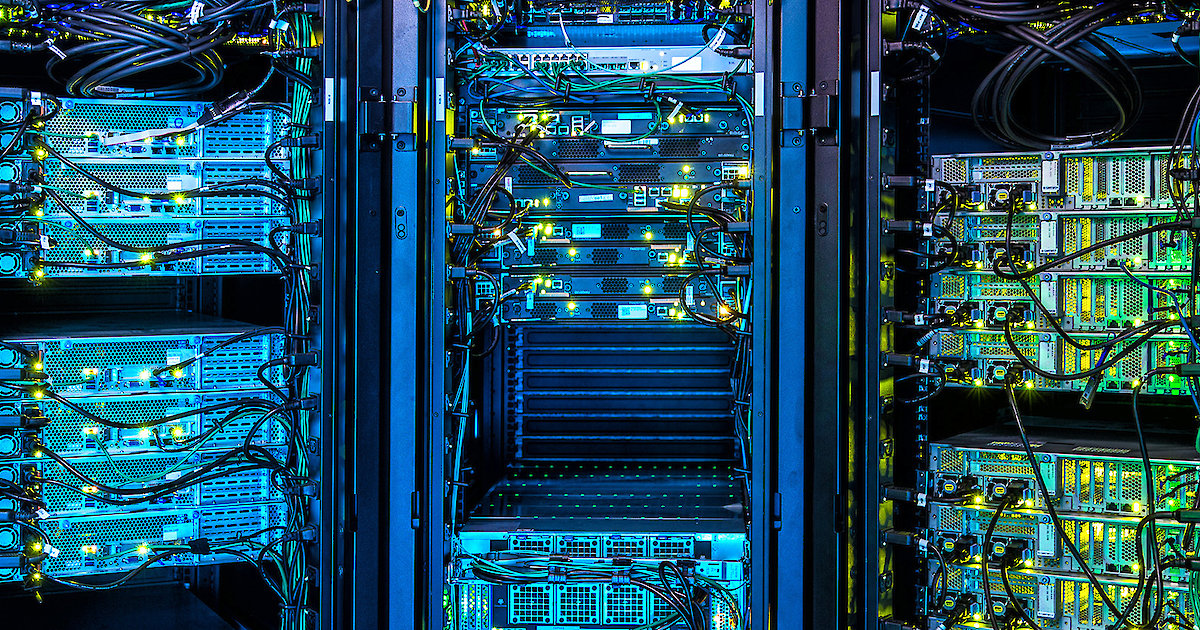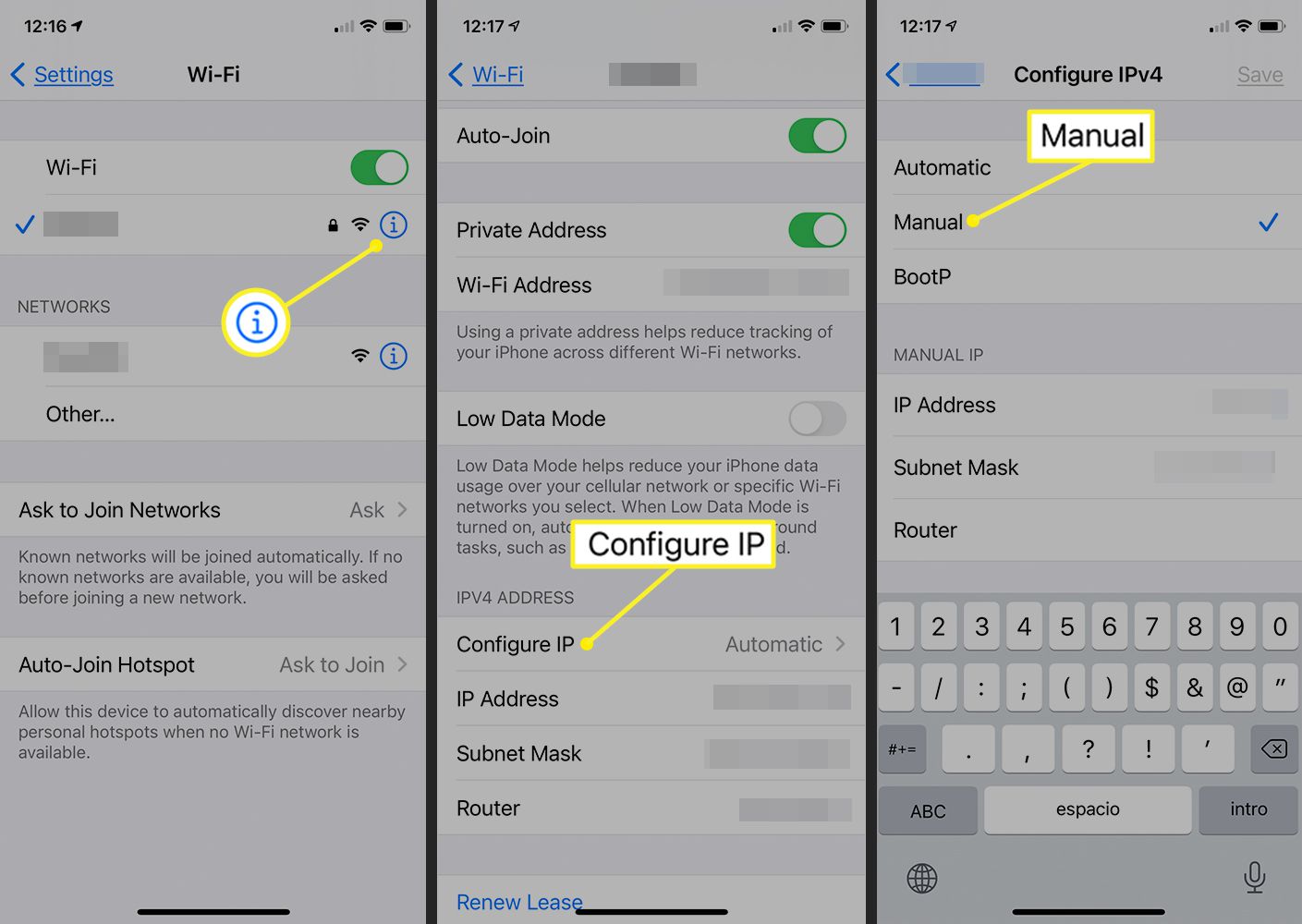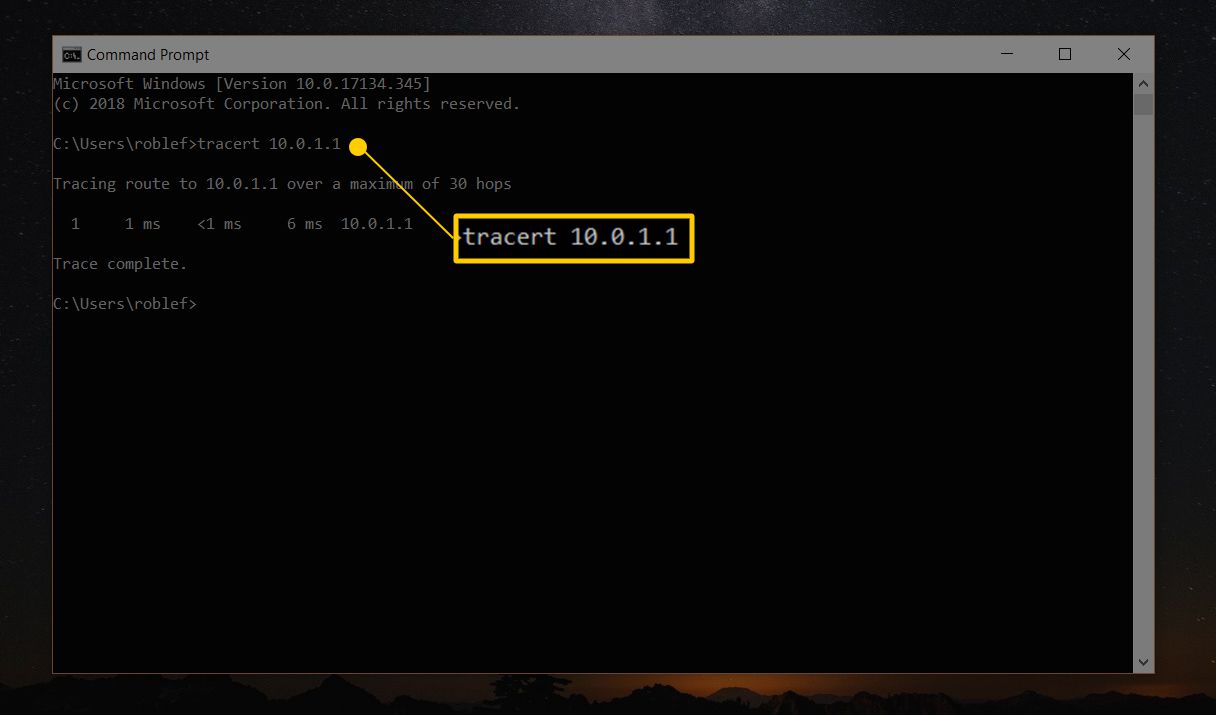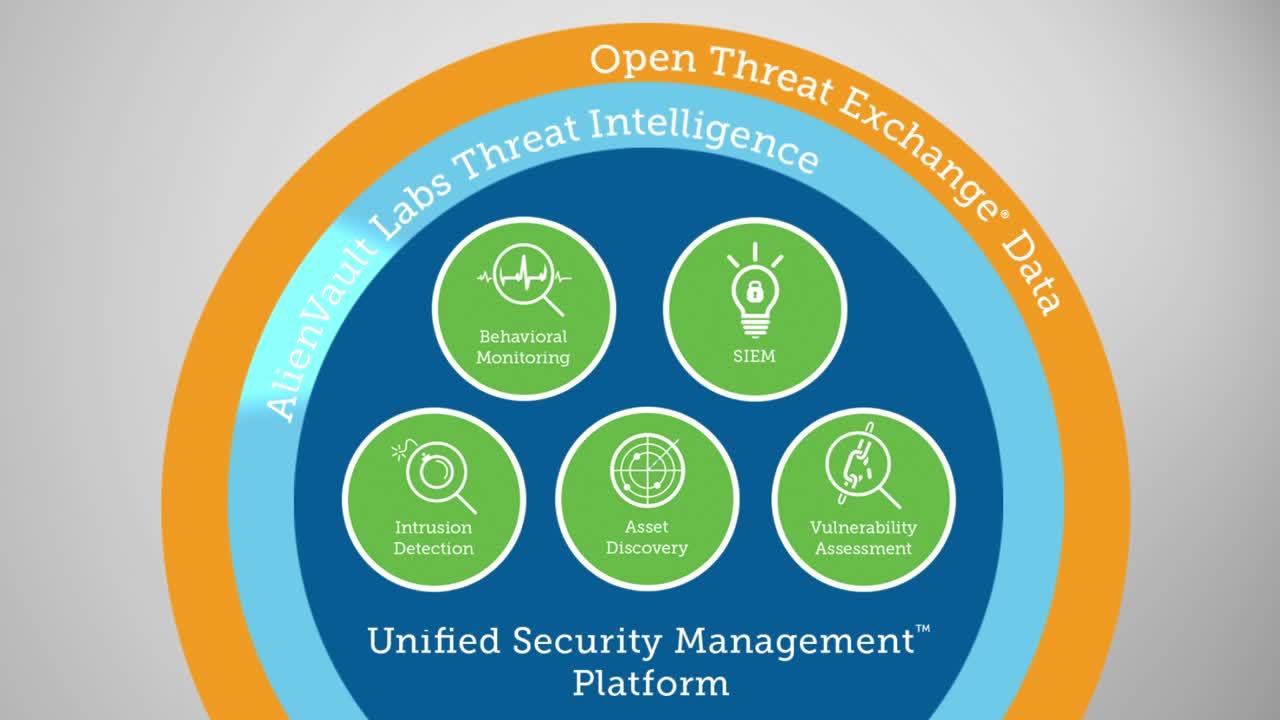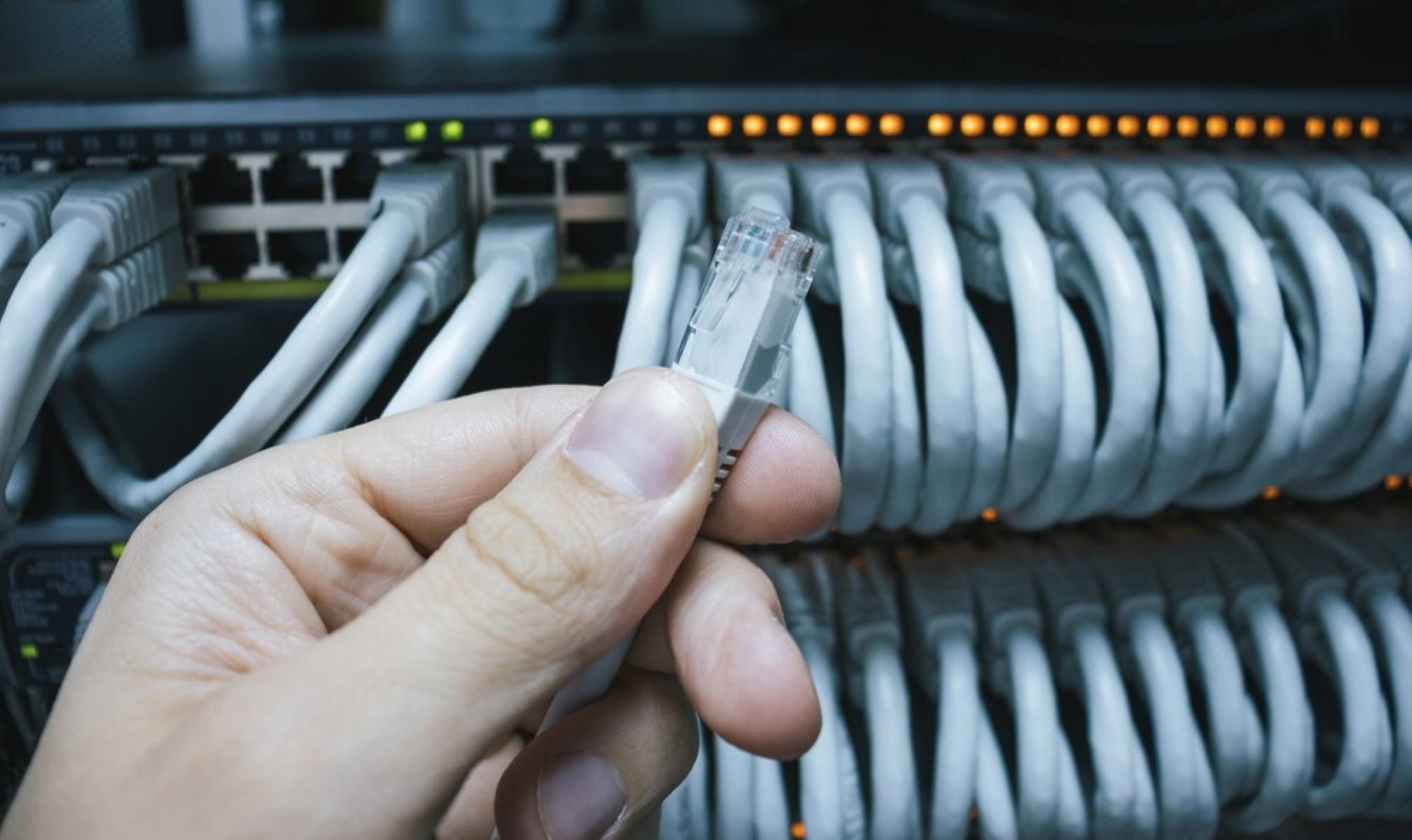What is an IP Address?
An IP address, which stands for Internet Protocol address, is a unique numerical label assigned to each device connected to a computer network that uses the Internet Protocol for communication. It serves as the device’s identification on the network, allowing it to send and receive data.
Think of an IP address as the digital equivalent of a home address. Just as each house on a street has a unique physical address, each device on a network has a unique IP address. This address enables data packets to be routed correctly from the sender to the recipient.
An IP address consists of a series of numbers separated by periods. In IPv4, the most common version, an address contains four sets of numbers ranging from 0 to 255, such as 192.168.0.1. IPv6, the newer version, uses a longer address format consisting of eight groups of numbers and letters separated by colons, such as 2001:0db8:85a3:0000:0000:8a2e:0370:7334.
IP addresses allow devices to communicate with each other across networks. When you enter a website’s address into your browser, your device’s IP address is used to connect to the website’s server. Likewise, when you send an email or stream a video, your IP address is used to transmit the data to its destination.
IP addresses are assigned by Internet Service Providers (ISPs) or network administrators. They can be static, meaning they remain the same over time, or dynamic, where they are temporarily assigned and can change periodically.
Overall, IP addresses play a crucial role in the functioning of the internet. They enable devices to connect, communicate, and share information. Without IP addresses, the highly interconnected and global nature of the internet would not be possible.
Types of IP Addresses
There are two main types of IP addresses: public and private.
Public IP addresses are globally unique and can be accessed from anywhere on the internet. They are assigned to devices directly connected to the internet, such as routers and servers. Public IP addresses enable these devices to be identified and communicate with other devices worldwide.
On the other hand, private IP addresses are used within private networks, such as local area networks (LANs) or home networks. These addresses are not globally unique and cannot be accessed directly from the internet. Instead, they are used for internal communication within the network. Private IP addresses are typically assigned by network administrators according to specific ranges specified by the Internet Assigned Numbers Authority (IANA).
There are three primary ranges reserved for private IP addresses:
- 10.0.0.0 – 10.255.255.255: This range allows for a vast number of devices to be connected within a private network.
- 172.16.0.0 – 172.31.255.255: This range provides a smaller pool of addresses for medium-sized networks.
- 192.168.0.0 – 192.168.255.255: This range is commonly used for home networks and small office networks.
Private IP addresses are particularly useful for security purposes, as they are not directly exposed to the internet. Instead, devices within a private network use a technique called Network Address Translation (NAT) to share a single public IP address when communicating with external networks.
Understanding the difference between public and private IP addresses is vital for network administrators and users alike. It helps determine how devices are connected, accessed, and secured within a network environment.
IPv4 vs IPv6
IPv4 (Internet Protocol version 4) and IPv6 (Internet Protocol version 6) are two versions of the Internet Protocol that are used to assign IP addresses to devices on a network. While IPv4 has been the dominant version for many years, the transition to IPv6 is now gaining momentum due to the limited availability of IPv4 addresses.
IPv4 addresses are 32-bit and are represented by four sets of numbers ranging from 0 to 255, such as 192.168.0.1. This addressing scheme provides a total of approximately 4.3 billion unique addresses. However, with the exponential growth of internet-connected devices, the pool of available IPv4 addresses has been depleted, making it necessary to introduce a new addressing system.
IPv6 addresses, on the other hand, are 128-bit and are represented by eight groups of numbers and letters separated by colons, such as 2001:0db8:85a3:0000:0000:8a2e:0370:7334. This extended address format allows for a significantly larger address space, providing approximately 340 undecillion unique addresses.
One of the main advantages of IPv6 is its ability to accommodate the growing number of devices connected to the internet. With IPv6, each device can have a unique global IP address, eliminating the need for techniques like Network Address Translation (NAT) used in IPv4 networks.
In addition to the larger address space, IPv6 offers several other benefits over IPv4:
- Improved security: IPv6 includes built-in security features, such as IPsec, which helps protect data during transmission.
- Efficient packet routing: IPv6 incorporates more efficient routing protocols, reducing network congestion and improving performance.
- Auto-configuration: IPv6 supports automatic address configuration, making it easier to set up and manage network devices.
- Quality of Service (QoS) support: IPv6 enables better prioritization of network traffic, ensuring a better user experience for real-time applications like video streaming and VoIP.
While IPv6 offers numerous advantages, the transition from IPv4 to IPv6 is a complex process that requires the cooperation of network administrators, internet service providers, and device manufacturers. However, as the demand for IP addresses continues to rise, the adoption of IPv6 is essential to ensure the continued growth and stability of the internet.
How IP Addresses are Assigned
IP addresses are assigned through various methods depending on the type of network and the organization responsible for allocation. The two common methods for IP address assignment are manual assignment and dynamic assignment.
In manual assignment, network administrators manually configure each device on the network with a unique IP address. This method is typically used for devices that require a static IP address, such as servers or networking equipment. Manual assignment allows for precise control over IP address allocation and can be useful for devices that need to maintain a consistent address, such as those running services accessible from the internet.
Dynamic assignment, on the other hand, is a more common method used for most devices connected to a network. In dynamic assignment, IP addresses are automatically assigned to devices using a protocol called Dynamic Host Configuration Protocol (DHCP). When a device connects to the network, it sends a DHCP request to a DHCP server, which then assigns an available IP address to that device. The assigned IP address is temporary and can change each time the device connects to the network.
DHCP allows for efficient utilization of IP addresses by automatically reclaiming and reassigning them when devices are no longer connected to the network. This dynamic allocation helps conserve IP address resources, especially in situations where a large number of devices connect and disconnect frequently, such as in public Wi-Fi networks.
Additionally, Internet Service Providers (ISPs) play a major role in IP address assignment. ISPs allocate public IP addresses to their customers, enabling them to access the internet. Public IP addresses are leased or assigned to households and businesses based on various factors, such as the subscription plan or the number of devices requiring internet connectivity.
In recent years, the exhaustion of available IPv4 addresses has led to the adoption of techniques such as Network Address Translation (NAT) and the gradual transition to IPv6. NAT allows multiple devices within a private network to share a single public IP address, effectively extending the available pool of addresses.
Overall, the assignment of IP addresses helps establish connectivity and communication between devices on a network. Whether through manual assignment or dynamic protocols like DHCP, proper IP address allocation is essential for efficient and secure network operations.
Public vs Private IP Addresses
In the world of networking, IP addresses can be classified into two main categories: public IP addresses and private IP addresses.
A public IP address is a unique address assigned to a device that is directly connected to the internet. It serves as the device’s public identity on the internet, allowing it to send and receive data across the global network. Public IP addresses are obtained from Internet Service Providers (ISPs) and are globally routable, meaning they can be accessed and communicated with from anywhere on the internet.
On the other hand, a private IP address is used within a private network, such as a local area network (LAN) or a home network. These addresses are not globally unique and are used for communication within the boundaries of the private network. Private IP addresses are typically assigned by network administrators according to specific ranges specified by the Internet Assigned Numbers Authority (IANA).
One significant difference between public and private IP addresses is their scope of accessibility. Public IP addresses are accessible from anywhere on the internet, allowing devices with public addresses to communicate with other devices globally. Private IP addresses, on the other hand, are not directly accessible from the internet. They are intended for internal communication within the private network and are not routable over the internet.
Private IP addresses are commonly used within home networks or small office networks. They allow devices connected to the network to communicate with each other, share resources, and access the internet through the network’s public IP address. This is achieved using a technique called Network Address Translation (NAT), which enables multiple devices within a private network to share a single public IP address. NAT acts as an intermediary, translating private IP addresses to the public IP address when communicating with external networks.
Using private IP addresses provides several advantages. It helps conserve the limited pool of available public IP addresses, as multiple devices can share a single public address through NAT. It also adds an extra layer of security, as devices with private IP addresses cannot be directly accessed from the internet without going through the network’s public IP address and NAT.
Understanding the distinction between public and private IP addresses is crucial for network administrators and users. It enables the proper configuration and management of networks, ensuring secure and efficient communication between devices within private networks and the global internet.
Static vs Dynamic IP Addresses
When it comes to assigning IP addresses, there are two primary methods: static and dynamic. These methods, known as static IP addressing and dynamic IP addressing, determine how IP addresses are assigned and whether they remain the same or change over time.
A static IP address is an IP address that is manually configured and remains fixed, providing a consistent identity for the device on a network. When a device is assigned a static IP address, it retains that address until it is manually changed. Static IP addresses are typically used for devices that require a permanent address, such as servers, routers, and network printers.
In contrast, a dynamic IP address is assigned automatically and can change each time a device connects to the network. Dynamic IP addresses are commonly used for most devices in a network, including smartphones, laptops, and desktop computers. They are assigned using a dynamic protocol called Dynamic Host Configuration Protocol (DHCP).
The DHCP server is responsible for assigning dynamic IP addresses to devices as they connect to the network. When a device requests an IP address, the DHCP server responds by providing an available address from a pool of addresses. This dynamic allocation helps conserve IP address resources and makes it easier to manage large networks with a large number of devices.
The main advantage of using dynamic IP addresses is their flexibility. Devices can join or leave the network without requiring manual address assignment. This makes it easier to scale and manage networks, especially in environments where devices frequently connect and disconnect, such as public Wi-Fi networks or dynamic work environments.
Static IP addresses, on the other hand, offer specific benefits in certain scenarios. They provide a consistent and reliable address for devices that need to maintain a permanent presence on the network. This can be advantageous for services hosted on servers, remote access to devices, or situations where network settings need to be consistently configured.
One example of when static IP addresses are commonly used is in network security configurations. Devices such as firewalls or intrusion detection systems often have static IP addresses to ensure their accessibility and maintain security protocols within the network.
It’s important to note that static IP addresses require manual configuration, making them more time-consuming and prone to human error. Additionally, static IP addresses should be assigned carefully to avoid conflicts with existing IP addresses on the network.
In summary, the choice between static and dynamic IP addresses depends on the specific needs and requirements of a network. Static IP addresses offer stability and consistency, while dynamic IP addresses provide flexibility and simplicity in managing network resources.
How to Find Your IP Address
Knowing your IP address is essential for various networking tasks, troubleshooting issues, or setting up network-related devices. Here are a few simple methods to find your IP address:
1. Using Command Prompt/Terminal: Open the Command Prompt on Windows or Terminal on macOS/Linux, and type “ipconfig” (Windows) or “ifconfig” (macOS/Linux) and press Enter. Look for the “IPv4 Address” or “inet” entry, which will display your IP address.
2. Checking Network Settings: On a Windows computer, go to the Control Panel > Network and Internet > Network and Sharing Center. Click on your network connection and then click on the “Details” button. Look for the “IPv4 Address” entry to find your IP address. On macOS, go to System Preferences > Network. Select your network connection, and the IP address will be displayed on the right side.
3. Using Online IP Lookup Tools: There are various websites that provide IP lookup services. Simply search for “What is my IP address” on a search engine, and the search results will display your IP address. These websites can also provide additional information, such as your approximate geographical location.
4. Checking IP Address on Mobile Devices: The method for finding your IP address on a mobile device may vary depending on the operating system. On iOS devices, go to Settings > Wi-Fi, tap on the connected Wi-Fi network, and your IP address will be displayed next to “IP Address.” On Android devices, go to Settings > Wi-Fi, tap on the connected network, and the IP address will be listed under “IP address.”
5. Using the Command Line: For advanced users, you can use the command line to find the IP address. Open the Terminal or Command Prompt and type “ipconfig” (Windows) or “ifconfig” (macOS/Linux). Look for the IP address listed next to the appropriate network interface.
Remember that your IP address can differ depending on the network you are connected to. If you are using a home network, you will have a different IP address than when you are connected to a public Wi-Fi or mobile network.
Knowing how to find your IP address can be useful for various networking tasks. Whether you’re troubleshooting network issues, configuring devices, or accessing resources on a network, having this information readily available is important.
Common IP Address Formats
IP addresses can be written and represented in different formats, depending on the version of the Internet Protocol being used. The two most common IP address formats are for IPv4 and IPv6.
1. IPv4 Address Format: IPv4 addresses are 32-bit and are represented by four sets of numbers ranging from 0 to 255, separated by periods. For example, 192.168.0.1 is a typical IPv4 address format. Each set of numbers, also known as an octet, represents 8 bits of the IP address. IPv4 addresses provide approximately 4.3 billion unique addresses and have been the dominant addressing system on the internet for many years.
2. IPv6 Address Format: IPv6 addresses are 128-bit and are represented by eight groups of numbers and letters, separated by colons. Each group consists of 16 bits, and leading zeros in each group can be omitted. For example, 2001:0db8:85a3:0000:0000:8a2e:0370:7334 is a typical IPv6 address format. To make it easier to read, IPv6 addresses can also use double colons (::) to represent consecutive groups of zeros within the address. IPv6 provides an immensely larger address space, allowing for approximately 340 undecillion unique addresses, which are essential to accommodate the growing number of devices connected to the internet.
When referencing IP addresses in text, it’s crucial to use the appropriate format. For example, when configuring a device or specifying network settings, the correct IP address format must be followed. Additionally, IP addresses may include a subnet mask, which is used to determine the network portion and host portion of an IP address. Subnet masks are typically expressed using the same format as the IP address assigned to a device.
It’s important to note that in the transition from IPv4 to IPv6, both address formats may coexist. Many networks and devices still rely on IPv4, but IPv6 adoption is constantly increasing to address the limitations of IPv4 addressing.
When working with IP addresses, it’s crucial to ensure accuracy, especially when configuring network devices or troubleshooting connectivity issues. Double-checking the address format and following the appropriate conventions will help ensure smooth communication within networks and across the internet.
The Importance of IP Address in Networking
The IP address plays a pivotal role in networking as it serves as a unique identifier for devices connected to a network. Its importance in networking can be seen in the following aspects:
1. Device Identification: IP addresses allow devices, such as computers, smartphones, servers, and routers, to be identified within a network. Each device is assigned a unique IP address, which is used to distinguish it from other devices and facilitate seamless communication.
2. Routing and Packet Switching: IP addresses are vital for routing data packets across networks. When a device sends data, the IP address helps routers and switches determine the destination of the packet and the best path to reach it. This process of routing and packet switching ensures that data is efficiently transmitted and delivered to the intended recipient.
3. Network Configuration: IP addresses are essential in configuring and managing network devices. They enable network administrators to assign specific IP addresses, set up subnets, and establish communication parameters for devices within the network. IP addresses are also used in protocols such as DHCP, which automates the assignment of IP addresses to devices on a network.
4. Internet Accessibility: The IP address is crucial for accessing the internet. When a device connects to the internet, it is assigned a public IP address, allowing it to communicate with other devices on the internet. Websites, servers, and online services use IP addresses to identify and route data to the requesting device, ensuring seamless access to online resources.
5. Network Security: IP addresses are instrumental in implementing network security measures. Firewalls, intrusion detection systems, and other security devices utilize IP addresses to filter and monitor network traffic. By analyzing the source and destination IP addresses, these security devices can identify potential threats, block malicious activity, and protect the network from unauthorized access.
6. Troubleshooting and Network Analysis: IP addresses are invaluable for diagnosing and troubleshooting network issues. Network administrators can track and analyze network traffic, monitor communication patterns, and detect anomalies by examining the IP addresses associated with data packets. IP address information is also valuable for conducting network audits, capacity planning, and performance optimization.
Overall, the IP address is a fundamental component of networking. It enables devices to communicate, facilitates proper data routing, and ensures efficient network management. Understanding its significance is essential for network administrators, IT professionals, and users alike to maintain stable and secure networks.
Conclusion
In summary, understanding IP addresses is crucial for navigating the vast world of networking. IP addresses serve as unique identifiers for devices and play a fundamental role in establishing communication within a network. Whether it is public or private, static or dynamic, IPv4 or IPv6, each IP address format has its purpose and importance.
Public IP addresses allow devices to be identified and communicate on a global scale, connecting networks and facilitating internet accessibility. Private IP addresses, on the other hand, are used for internal communication within private networks and provide an extra layer of security.
The transition from IPv4 to IPv6 is gaining momentum due to the depletion of available IPv4 addresses. IPv6 offers a significantly larger address space to accommodate the ever-growing number of internet-connected devices. It also provides additional benefits such as improved security, more efficient routing, and auto-configuration.
Knowing how to find your IP address can be useful for troubleshooting network issues, configuring devices, or accessing network resources. Methods like using the command prompt/terminal, checking network settings, or using online IP lookup tools are all effective ways to obtain this information.
IP addresses also form the backbone of network operations, facilitating routing, network configuration, internet accessibility, security, and network analysis. They are crucial for device identification, proper data packet routing, and troubleshooting network issues.
In conclusion, understanding IP addresses and their various formats is essential for effective networking and communication in the digital age. Whether you’re configuring devices, troubleshooting network issues, or simply accessing online resources, the proper use and understanding of IP addresses ensure seamless connectivity and efficient network operations.







